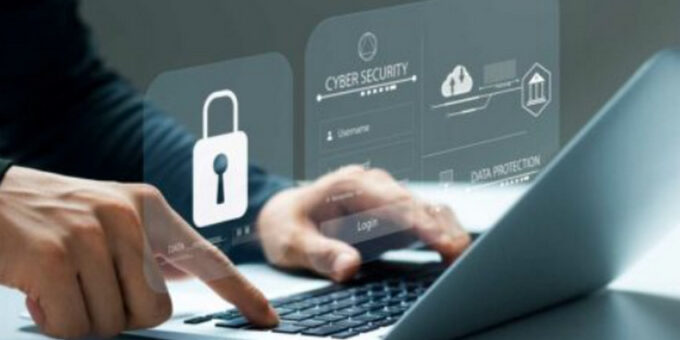
Cybersecurity remains a significant challenge as technology advances rapidly. Threats grow in complexity, leaving businesses and individuals vulnerable. Staying informed about the latest risks is crucial for protection.
1. Ransomware Attacks on the Rise
Ransomware attacks have surged, targeting businesses, governments, and individuals alike. These attacks encrypt data, demanding hefty payments. Cybercriminals use phishing emails and unpatched software to deploy ransomware effectively. To mitigate this threat, ensure all software is updated. Regularly back up essential data and verify email sources.
2. The Growing Threat of Phishing Scams
Phishing scams have become increasingly sophisticated. Cybercriminals trick users into revealing sensitive information via fake emails and websites. These attacks often mimic legitimate organizations to gain trust. Always scrutinize email senders and links. Use two-factor authentication to protect accounts from unauthorized access.
3. Exploitation of Internet of Things (IoT) Devices
IoT devices provide convenience but introduce security risks. Hackers exploit weak passwords and outdated firmware to access networks. Securing IoT devices requires regular updates and strong, unique passwords. Disabling unnecessary features can also reduce vulnerabilities.
4. AI-Powered Cyberattacks
Artificial Intelligence (AI) is now a tool for attackers. AI enables more precise and scalable cyberattacks. It automates tasks like creating convincing phishing emails. Combatting AI-powered attacks requires advanced threat detection systems. Regular employee training can also help identify AI-driven threats.
5. Supply Chain Attacks
Supply chain attacks compromise trusted third-party vendors to infiltrate organizations. These breaches exploit vendor relationships to distribute malware or steal data. To prevent such attacks, vet vendors carefully. Monitor third-party access to systems and implement zero-trust policies.
6. Cloud Security Vulnerabilities
Cloud adoption has expanded, but security risks persist. Misconfigured settings expose sensitive data to unauthorized users. Protecting cloud environments involves implementing robust access controls. Encrypt stored data and monitor accounts for unusual activities.
7. Social Engineering Tactics
Social engineering manipulates human behavior to breach systems. Tactics include impersonation, deception, and psychological pressure. Training employees to recognize these tactics reduces risks. Maintain strong policies for handling sensitive requests.
8. Cryptojacking Threats
Cryptojacking secretly uses a victim’s device to mine cryptocurrency. This reduces device performance and incurs energy costs. Malware infections and malicious websites cause cryptojacking. Use robust antivirus software and browser extensions to block unauthorized mining scripts.
9. Emerging Zero-Day Exploits
Zero-day vulnerabilities remain undiscovered by developers. Hackers exploit these flaws before they are patched. Regular system updates and patches mitigate the impact of zero-day attacks. Employing intrusion detection systems enhances security further.
10. Insider Threats
Insider threats, whether intentional or accidental, cause severe harm. Employees with access to sensitive data may misuse it. Implement strict access controls and conduct regular audits. Educate staff on the importance of cybersecurity practices.
11. Cyberattacks Targeting Critical Infrastructure
Critical infrastructure, including power grids and hospitals, faces increasing cyber threats. Such attacks disrupt essential services and cause chaos. Strengthening infrastructure security involves implementing robust monitoring tools and collaborating with cybersecurity experts.
12. Mobile Security Risks
Mobile devices often lack robust security measures. Hackers target these devices through malicious apps and unsecured networks. Protect devices by installing security updates and avoiding public Wi-Fi. Enable remote wiping in case of theft.
13. Deepfake Technology Misuse
Deepfakes are fake media created using AI, often for malicious purposes. They spread misinformation or facilitate fraud. Countering deepfakes requires tools to verify content authenticity. Public awareness about deepfakes is also essential.
14. Advanced Persistent Threats (APTs)
APTs involve long-term, targeted attacks by skilled hackers. These attacks aim to steal sensitive information over time. Combat APTs by monitoring systems continuously and employing endpoint detection tools.
15. Lack of Employee Awareness
Human error is a leading cause of cybersecurity breaches. Employees clicking on malicious links or weak passwords increase risks. Regular training programs ensure employees understand threats and preventive measures.
Staying ahead of cybersecurity threats demands vigilance and proactive measures. Secure your systems, educate yourself, and embrace evolving security technologies.